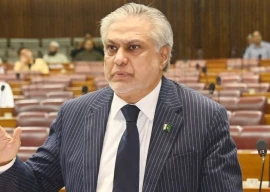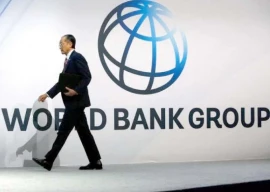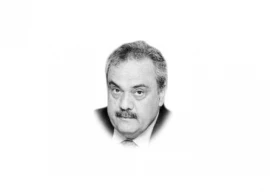
The dialogue on job creation and economic growth in Pakistan is narrowly focused on macroeconomic policies, sectoral diagnostics and foreign lending.
However, Pakistan has immense potential to expand employment opportunities and entrepreneurship by framing urban policies and through good management.
Urban policy and management in Pakistan is largely dictated by engineering and town planning disciplines, thus the prime focus is on roads, futile master plans and other infrastructure projects. Instead of this, cities need to be considered as an agglomeration of people, firms and ideas.
Imran Khan is the first prime minister of Pakistan who is focusing on cities, however, policies are still being pursued from the infrastructure perspective. If PM Imran really wants to exploit economic potential of the country, the future lies in reshaping urban management and land-use laws in the cities.
Economic growth and innovation are driven by the interaction of business and people in close proximity. However, the urban policies in Pakistan result in a spatial development pattern, which contradicts the agglomeration of economies.
Moreover, the cities play a vital role in absorbing a massive chunk of youth population, which enters the workforce every year. The median age in Pakistan is around 22 years with a high rural-urban migration, which gives the urbanising cities an opportunity for economic growth and prosperity.
Many consider rapid urbanisation a challenge. We think rapid urbanisation is an opportunity for Pakistan to facilitate social and economic mobility of masses. The challenge is our capacity to manage cities and urban policies.
Urban development in Pakistan continues to be an archaic practice of master plans, developed mostly by people of average age of 70 years. How can they plan for the next 30 years?
First, the process of urban management and development needs to be broadened and decision-making needs to become more inclusionary for the youth.
Affordable and youth-friendly models of housing such as studio apartments and shared living with more commercial spaces for businesses are a solution. The provision of such housing should be in city centres, providing a walking distance to offices and vibrant public places.
Young people neither have the capacity nor the willingness to live in private housing societies that are two hours away from city centres.
Second, urban regeneration of under-utilised parts of cities is required where private properties can be regenerated through changes in the land-use pattern. A major regeneration is needed in public land of city centres, though.
An example of such is government housing in G6 and F6 sectors of Islamabad, which should be transformed into a vibrant city centre with mixed-use buildings through public-private partnership.
Almost 10 times more residential and commercial space can be created with the existing residents being accommodated. This transformation will be more valuable than Pakistan’s ongoing loan package with the International Monetary Fund worth $6 billion.
Third, the cities need to develop and facilitate co-working spaces for IT and other creative artists.
Creative economy has a huge export potential as its global trade increased from $200 billion in 2002 to more than $500 billion in 2015. With better working, mentoring and networking opportunities, Pakistan’s youth can take the country’s creative economy forward.
National Incubation Centres (NICs) in a few cities of Pakistan provide a platform to young entrepreneurs. Such spaces are a manifestation of shared resources and networking opportunities for knowledge spillovers. Such centres, provided in right locations, can become accessible for a big chunk of young population.
Urban tourism
Fourth, all cities of Pakistan should focus on their tangible and intangible heritage to promote urban tourism. We have been focusing only on northern areas. We should also promote our rich heritage in urban centres across the world.
With capacity building of urban administrators and involvement of local communities, the cities can generate revenue and foreign exchange through tourism.
Fifth, commercial spaces in the cities are less than 5% of the total land use. All provincial governments should give the target of enhancing the commercial land use and density to the development authorities and city administrators. Cities need to become hubs of commerce instead of centres of property speculation.
Sixth, there is a need to improve sustainable and affordable mobility options in the cities. Our understanding of transportation is car-centric that has led to congestion, air pollution, smog and reduced economic activity. We need to understand that mobility should focus on public transport, walkability and cycling.
Naveed Iftikhar is a teacher and public policy adviser with research focused on cities, public sector governance and entrepreneurship
Samna Sadaf is an architect and urban researcher with specialisation in affordable housing and urban development studies
Published in The Express Tribune, December 7th, 2020.
Like Business on Facebook, follow @TribuneBiz on Twitter to stay informed and join in the conversation.



1731975305-0/Untitled-design-(40)1731975305-0-165x106.webp)
1731975060-0/Untitled-design-(39)1731975060-0-165x106.webp)













COMMENTS
Comments are moderated and generally will be posted if they are on-topic and not abusive.
For more information, please see our Comments FAQ